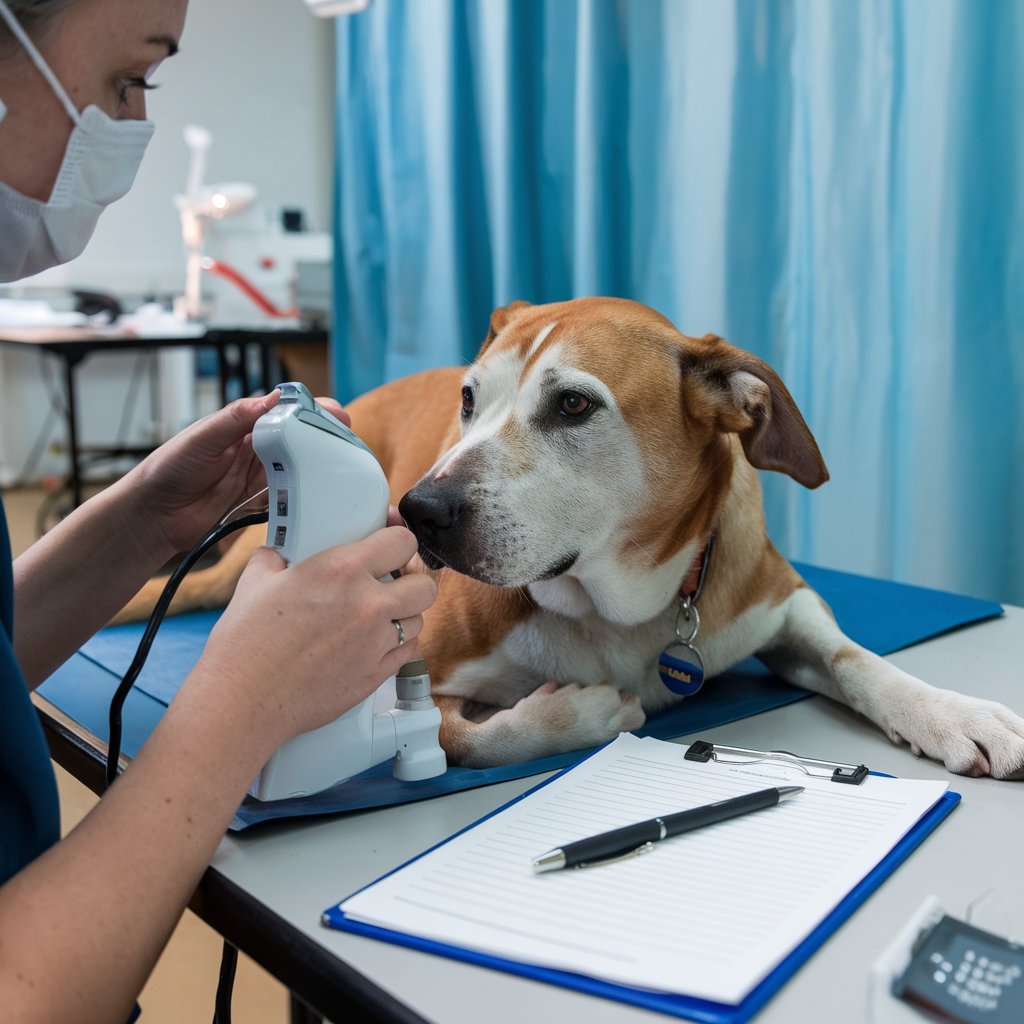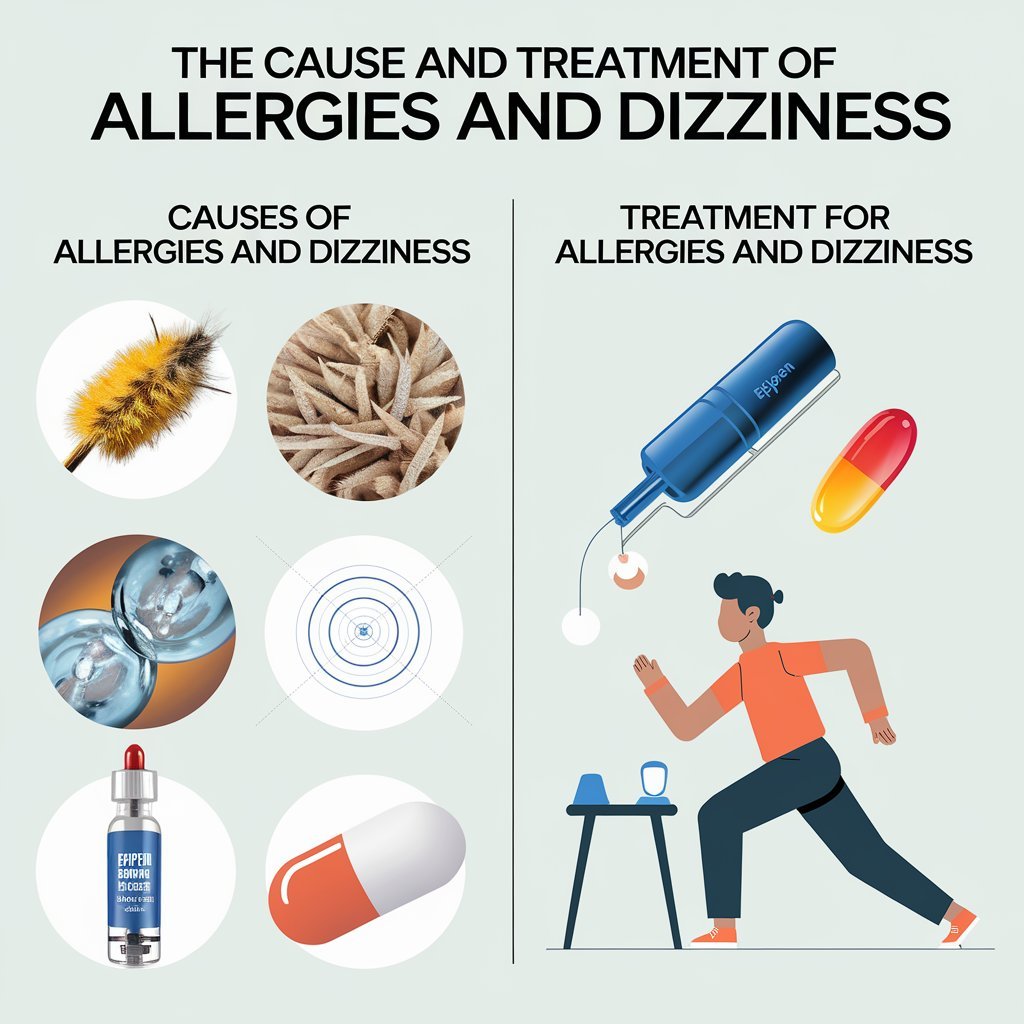Anaphylaxis is an extreme, whole-body allergic reaction that requires immediate medical attention. It is caused by some people’s immune systems being overresponsive to some substances, such as bee venom or peanuts.
Most allergic reactions are mild to moderate; however, there are individuals who are at risk for anaphylaxis. Symptoms include redness, itching, and sometimes breathing difficulties.
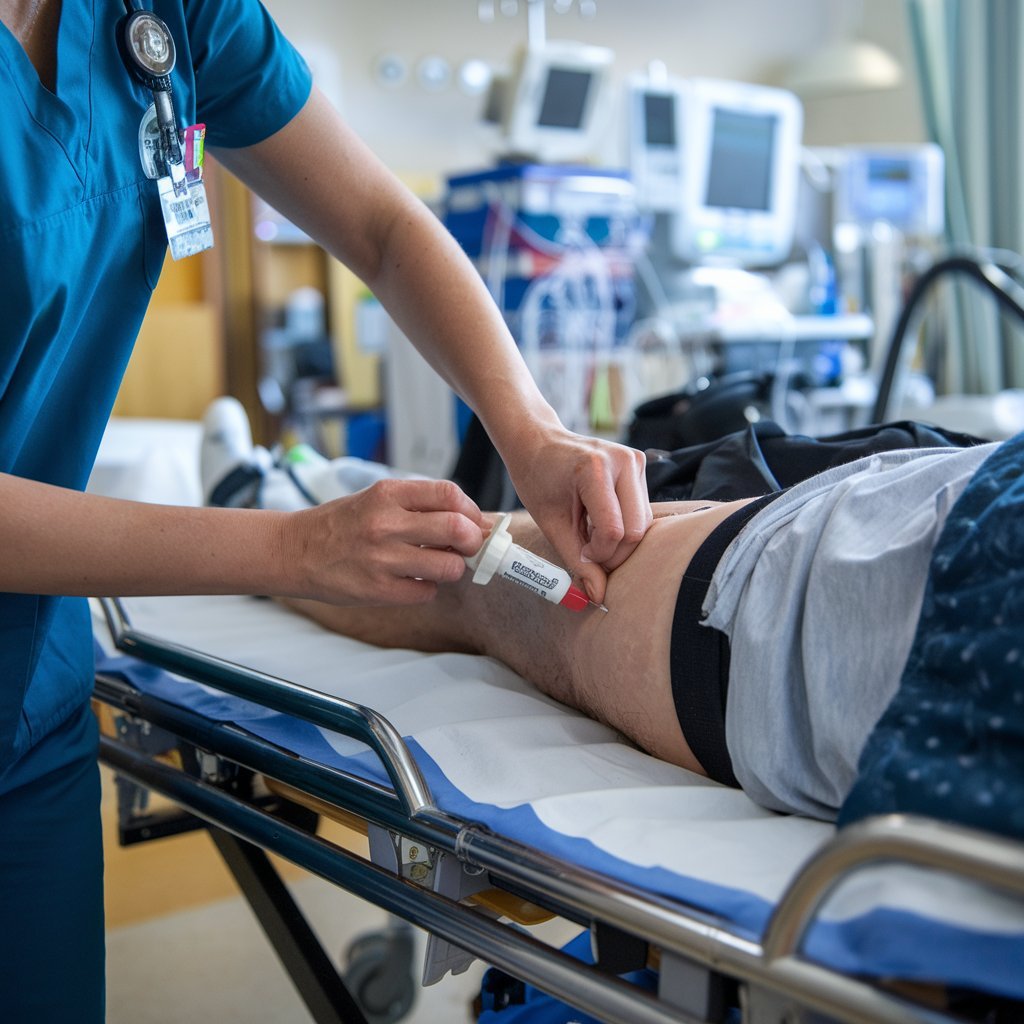
The first approach in the management of anaphylaxis is to correct breathing challenges. When a victim first starts showing signs of anaphylaxis, he or she is recommended to be given one or two injections of epinephrine. This is a form of adrenaline that helps open up the airways and improve breathing.
An allergist is a medical doctor specialized in diagnosing and treating allergy. If one has allergies or is at a risk of experiencing anaphylaxis, a plan for an emergency treatment would be developed between the patient and the allergist.
Symptoms That Require Emergency Treatment
- There is a need to treat anaphylaxis as soon as a reaction sets in. There are the following signs:
- Respiratory signs, which may include shortness of breath, wheezing, and coughing
- Skin flushing, face swelling, itchy sensation
- GI symptoms such as abdominal pain and vomiting.
Emergency Care
Anaphylaxis is a medical emergency that must be treated right away. If not treated, this hypersensitivity reaction can prove fatal. It occurs rapidly and affects the whole body, so knowing your body’s allergies and triggers is key.
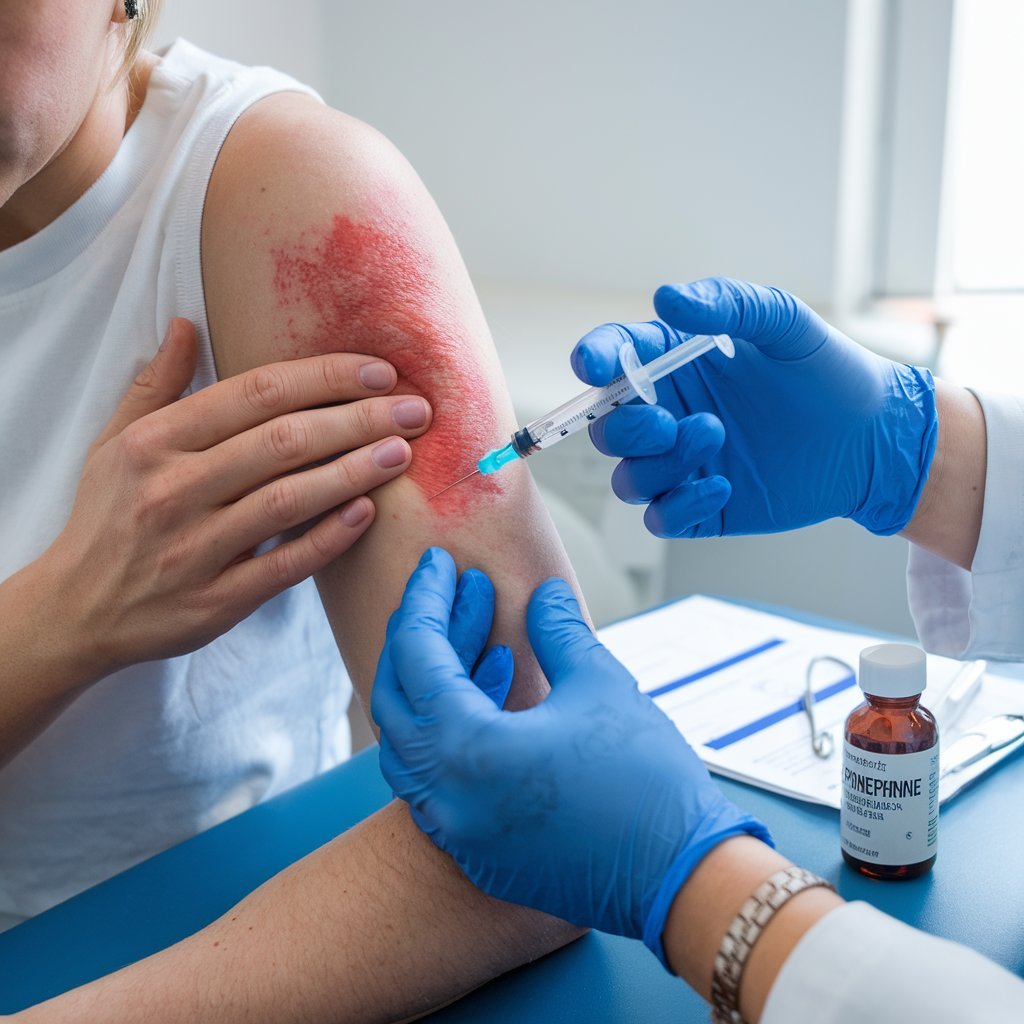
Exposure to certain medications, foods, or other substances may cause anaphylaxis if your body is allergic to them. Some common substances linked to allergies are bee stings, fire ant bites, latex, and food.
Epinephrine
Medications are the first line of treatment for anaphylaxis. Epinephrine is usually the first medication given (first-line treatment). It is a form of adrenaline that relaxes and opens the airways. When epinephrine is used to treat anaphylaxis, it rapidly relaxes the muscles of the airway and allows breathing.
Epinephrine is available in an autoinjector that can be administered through clothing. Usually, healthcare providers recommend injecting epinephrine into the thigh muscle. A common brand is EpiPen.
It is best to err on the side of caution and inject epinephrine right away if you’re not sure if you or the person with you is having anaphylaxis.
If your first epinephrine shot does not help, you can have a second dose in about five minutes. Make an emergency plan with your allergist and make sure you get the right epinephrine dose.
Side Effects
Side effects of epinephrine might include:
- Increased heart rate: tachycardia
- High blood pressure: hypertension
- Nausea or vomiting
- Chest discomfort
- Weakness
- Pain, redness, or irritation at the injection site
Additional Medications
If you feel that you, or someone else with you are experiencing an anaphylaxis attack, look for an emergency room. Dials 911 and inject your prescription medication called epinephrine as soon as you recognize the symptoms.
- IV fluids to treat hypotension
- Corticosteroids to decrease the severity and duration of the reaction (e.g., methylprednisolone or hydrocortisone)
- Antihistamines to inhibit the body’s response to the inciting agent (e.g., diphenhydramine)
- Bronchodilators to make the breathing pathways open up as well (e.g., albuterol or ipratropium bromide and albuterol)
What to Do
Untreated anaphylaxis can cause hypotension (low blood pressure), incontinence, fainting, shock, and death. If you or anyone with whom you are witnessing develops symptoms of anaphylaxis, do the following immediately:
- Administer emergency medication if available. Do not try to give oral medications if the person is having difficulty breathing.
- Remove the allergen if possible. If a person was stung by a bee, attempt to scrape the stinger off the skin to remove it. Avoid pinching or squeezing the stinger because those actions could cause it to release more venom.
- Have the person lie flat and stay with them. Give no pillow under their head because this may cause obstruction of their airway.
Prognosis and Life Expectancy
Anaphylaxis is a medical emergency that can be fatal if left untreated. Call 911 and administer emergency medication at the first sign of anaphylaxis. Without treatment, anaphylaxis can lead to a blocked airway, cardiac arrest, breathing problems, and shock. The risk of death is low with rapid treatment.
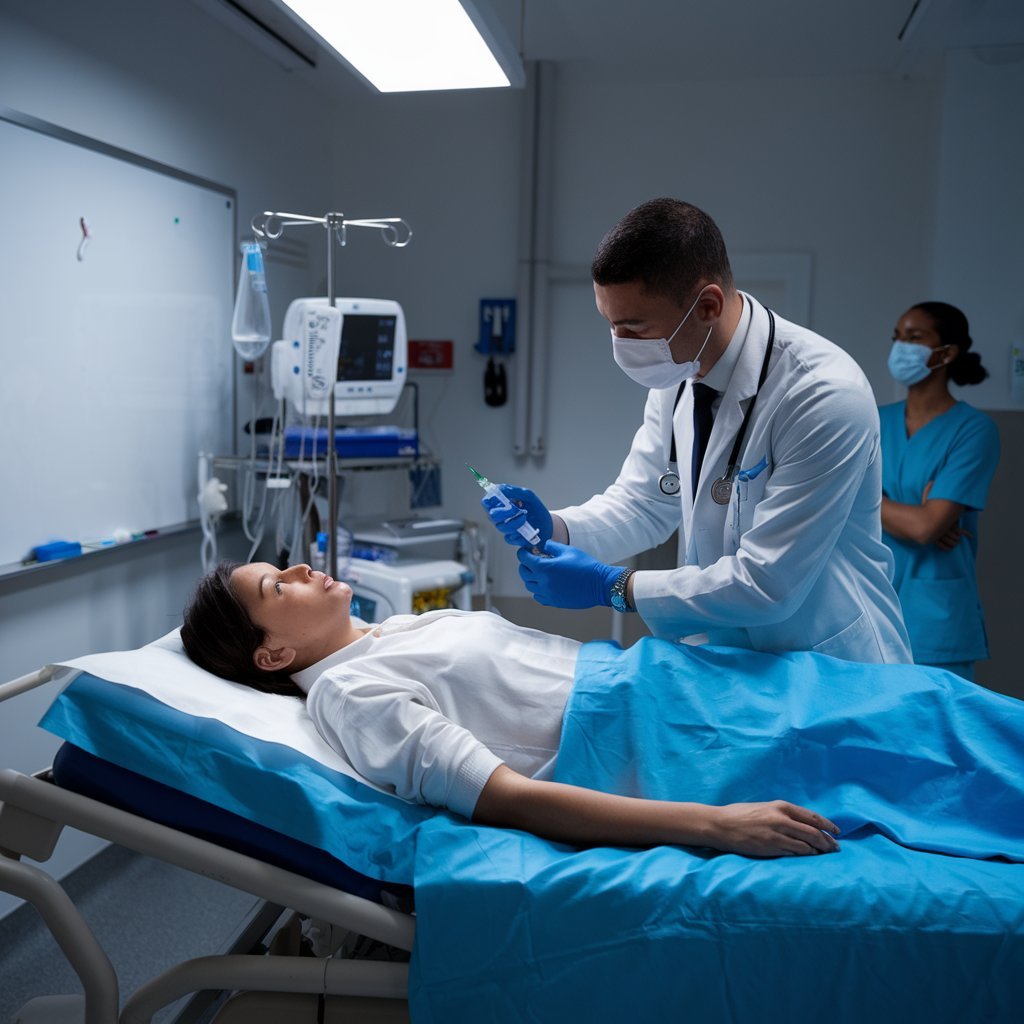
After an episode of anaphylaxis, you will most likely be observed for about four hours in the emergency department. Chances are, you won’t need to stay overnight. Less than 4% of patients who suffer an acute anaphylaxis have to be admitted to the hospital
Living With and Managing Anaphylaxis
Living with the risk of anaphylaxis for you or a loved one can be frightening. Having an emergency plan in place is essential for your health and can reduce anxiety. Here are some recommendations
- Know your body’s triggers. Be aware of any foods, medications, or other substances that cause an allergic reaction, and avoid them as much as possible.
- When dining at a restaurant, inform the establishment of your allergies and request ingredient lists if they exist.
- If allergic to insect bites, take additional precautions by avoiding scented body lotions and always wearing shoes and long sleeves.
- Have emergency medications including an epinephrine autoinjector easily accessible. Some people keep it in their car, at work/school, at home, etc.
- Discuss your triggers with your family and friends and demonstrate how to use your
epinephrine.
- Wear a medical ID tag indicating your allergies and what to do in case of anaphylaxis.
- Discuss what to do if you have anaphylaxis with your allergist.
Be S.A.F.E.
The American College of Allergy, Asthma, and Immunology worked with allergists and emergency physicians to develop the following Be S.A.F.E. Action Plan for people at risk:
- Seek immediate medical help
- Identify the Allergen
- Follow up with a specialist
- Carry Epinephrine for emergencies
Anaphylaxis is a severe, life-threatening reaction, but it is treatable. Know your emergency plan and follow it at the first sign of anaphylaxis. See your allergist and healthcare team regularly to update your plan as needed.


